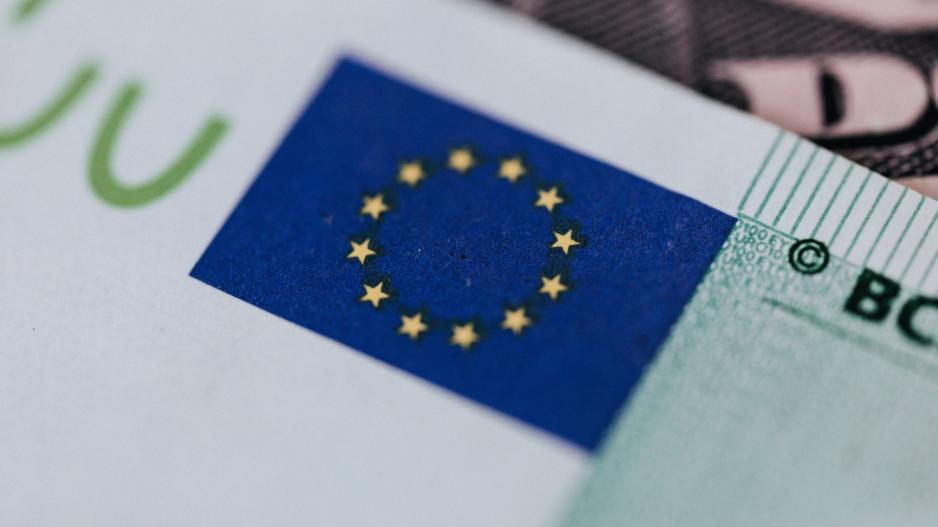European Council adopts new rules on markets in crypto-assets
The EU brings crypto-assets, crypto-assets issuers and crypto-asset service providers under a regulatory framework. Setting an EU level legal framework for this sector for the first time, the Council adopted a regulation on markets in crypto-assets (MiCA).
“I am very pleased that today we are delivering on our promise to start regulating the crypto-assets sector. Recent events have confirmed the urgent need for imposing rules which will better protect Europeans who have invested in these assets, and prevent the misuse of crypto industry for the purposes of money laundering and financing of terrorism”, Elisabeth Svantesson, Minister for Finance of Sweden, stated.
MiCA will protect investors by increasing transparency and putting in place a comprehensive framework for issuers and service providers including compliance with the anti-money laundering rules. The new rules cover issuers of utility tokens, asset referenced tokens and so-called “stablecoins”. It also covers service providers such as trading venues and the wallets where crypto-assets are held. This regulatory framework aims to protect investors, preserve financial stability, while allowing innovation and fostering the attractiveness of the crypto-asset sector.
It also introduces a harmonized regulatory framework in the European Union which, given the global nature of crypto markets, is an improvement compared to the current situation with national legislation in some member states only.
The next step involves MiCA being published in the EU Official Journal. The rules are expected to be rolled out from 2024.

The European Commission presented the MiCA proposal on 24 September 2020. It is part of the larger digital finance package, which aims to develop a European approach that fosters technological development and ensures financial stability and consumer protection. In addition to the MiCA proposal, the package contains a digital finance strategy, a Digital Operational Resilience Act (DORA), that covers crypto-asset service providers as well, and a proposal on distributed ledger technology (DLT) pilot regime for wholesale uses.
This package bridges a gap in existing EU legislation by ensuring that the current legal framework does not pose obstacles to the use of new digital financial instruments and, at the same time, ensures that such new technologies and products fall within the scope of financial regulation and operational risk management arrangements of firms active in the EU. Thus, the package aims to support innovation and the uptake of new financial technologies while providing for an appropriate level of consumer and investor protection.
The Council adopted its negotiating mandate on MiCA on 24 November 2021. Trilogues between the co-legislators started on 31 March 2022 and ended in a provisional agreement reached on 30 June 2022. Today’s formal adoption of the regulation is the final step in the legislative process.
It is recalled that the European Parliament gave its approval to the first set of EU regulations on April 20, 2023. The legislation received overwhelming support from MEPs, with 517 votes in favor, 38 against, and 18 abstentions.
"We believe had FTX, for example, been captured under the EU's jurisdiction, many of its practices would not have been permissible under MiCA", EU financial services commissioner, Mairead McGuinness, told the parliament ahead of its April vote.
The U.S. has made little progress in stepping up oversight of cryptocurrencies and digital assets. Hester Peirce, one of the commissioners at the U.S. derivatives regulator CFTC, said that a number of federal and state authorities are trying to figure out what oversight role they could play in the crypto sector. "We are wandering in the desert a bit", Peirce told a conference. Meanwhile, the U.K. is considering feedback on proposed crypto regulations that it outlined last year.






